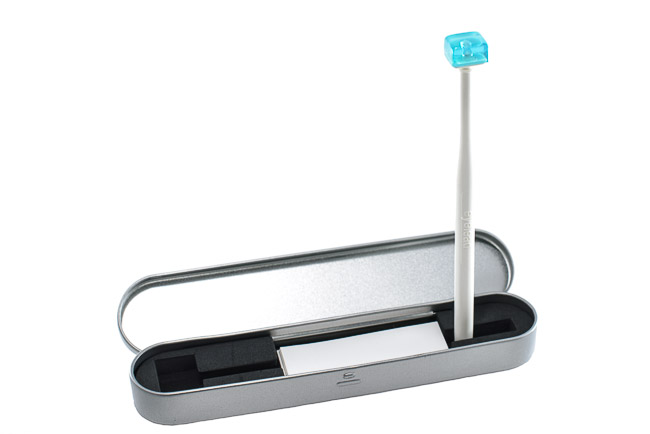
I usually save product reviews for my Newsletter, but in this case, I have found a product so useful that I just have to get the word out right here on the blog. Get ready for some serious gushing because I am going to praise this product like few others. I would like to introduce...
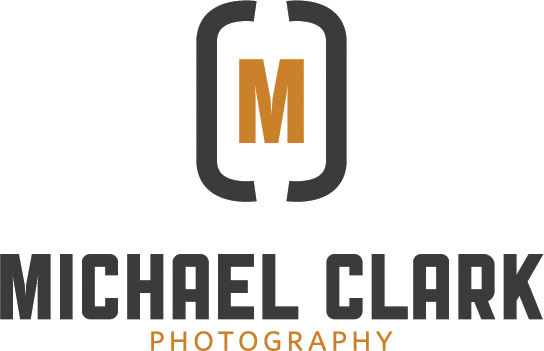

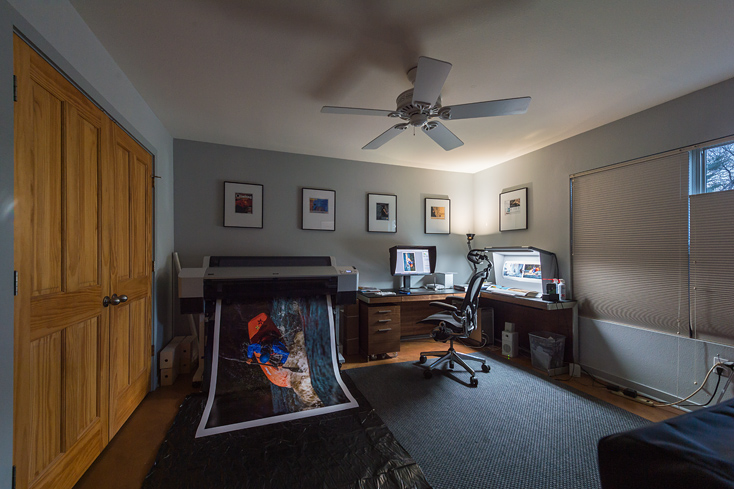
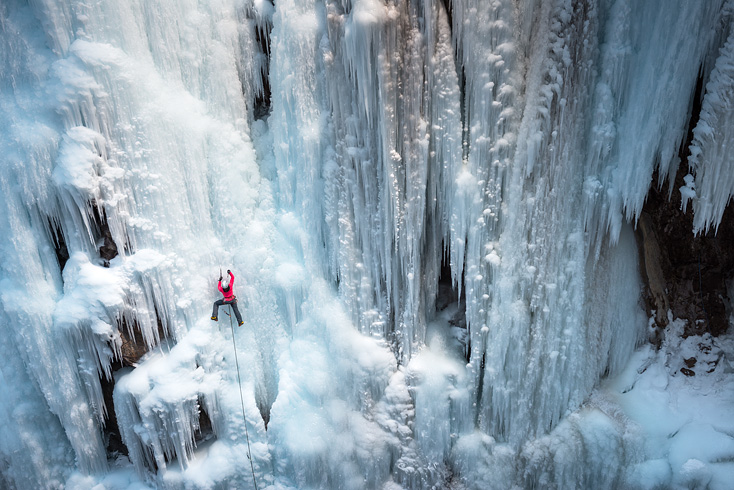

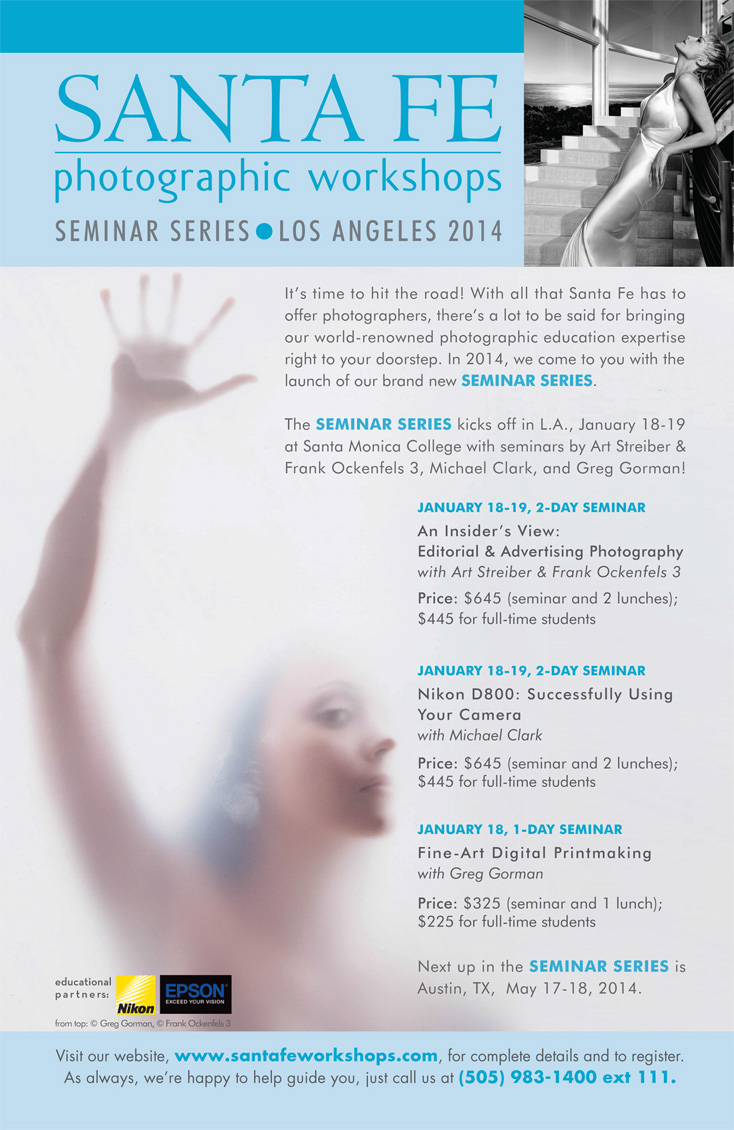



Thank you for sharing such detailed information! I just got a d800e and am getting a Sony A7r, having recently moved from shooting mostly slide film. Digital sensors are a whole new beast to me, and you give me hope that the beasts can be tamed!
David, thank you for sharing this. It does seem like the most sensible way to clean a sensor. Will try it.
I’ve got a few spots that are ‘welded’ on to my D4 sensor. I’ve tried everything except sending it in to serviced by Nikon. Even multiple wet cleanings, and the Dust-Aid silicone block won’t get those dust particles off… Any suggestions? I’m guessing that the Dust-Aid silicone block is equivalent to the Sensor Gel Stick.
thanks for the review and mentioning the sensor cleaning stick.
Jon – I would say send the camera to nikon. I have never seen a dust spot that wouldn’t come off with a wet cleaning. If a wet cleaning won’t take it off then I would be surprised if the gel stick can remove it. I would send it back too Nikon and tell them the issue.
Thanks so much for this tutorial. I’m trying to follow your instructions but I’m running CS3 and there is no auto tone. I’m getting weird results using any of the other options. Any suggestion what I might use instead? There is auto tone in Lightroom but I’m not seeing any change to the file.
Lauren – Basically you just need to apply a level adjustment and pull the white and black sliders in towards the ends of the histogram, which will be a spike in the middle of the levels window. This is essentially all the auto tone feature is doing. Hope this helps.
I feel so much better knowing I am not the only one having issues with oil with the D800. And the gel stick is on it’s way. I am ridiculously excited by the possibilities.
I bought one of these (a genuine one, from Eyelead in Germany), and used it once, exactly as instructed, on a Nikon D4. It pulled up a piece of the IR coating on the sensor. I sent it to Nikon UK for repair. I now have a repair bill for £1440, despite the camera still being in warranty. Nikon won’t honour the warranty, and say I shouldn’t have been cleaning my sensor. They also claim no knowledge of the product and David Phillips – head of Nikon customer services in the UK – says they don’t use any Eyelead products and have no connection with the company (despite a lot of people claiming that Nikon use Eyelead in their service centres). So, Nikon have washed their hands of it, and Eyelead claim the problem was with manufacture of the sensor on the D4 and not a problem with their product. Eyelead have offered a replacement Gel Stick – an offer which for obvious reasons I’m reluctant to accept.
Martin – Wow, that is a horror story. I am very sorry to hear of this. I have had no such issues with the Sensor Gel Stick. Maybe they changed the stickiness of the gel stick since I bought mine. And I know of hundreds of photographers that clean their sensor on a weekly basis so it isn’t an issue of cleaning your sensor yourself. That is pretty terrible to hear how Eyelead dealt with it. Very sorry to hear about this.
After reading those great reviews of this product I bought it earlier this summer. Unfortunately I had a crazy idea of taking it with me for a photo trip and even worse using it on my Sony A7R. The result was much much much more of spots on sensor and even worse square traces left by this stick. $ days of shooting on a remote location results are a horror of removing the spots … if this is possible. As I did not take with e my wet cleaning set it was a nightmare when I was thinking about the risk of not being able to remove these traces back home. Very poor if existent service. No replies for emails. The third email I got a reply … saying sorry, what is your camera and please send us a picture … Ok I did that and for a week no reply. I decided again to push and the same person replied that it was because of his business journey somewhere … Come on is there only ONE person in this company replying emails from customers !!! Never use that product again !
Maciej –
Hello. There have a been a few report soy issues with the Sensor Gel Stick. And I know that the USA distributor, who is just one guy as far as I can tell, put a warning up about using the Sensor gel Stick on Sony cameras. Maybe he put that up after your issues. I think they make a Sensor gel stick specifically for Sony cameras now.
I have been using mine trouble free since February and still love it. So, I am very sorry to hear of your issues with it. I have no association with the Sensor gel Stick – I am just a satisfied customer.
I have just received a sensor gel stick. My camera is an Canon 5D Mark III , and after looking at Your video I`ve try to clean the sensor. In Your video the sensor stick should stick when it`s pressed softly to the sensor.
The first thing I did was pressing the gel stick to the sticky paper and then to the sensor. There was littel “klick” the first time when I lifted the stick up form the sensor, but just the first time. What did I do wrong, or is it enough to clean the gel stick once before starting to clean? Is the sensor gel stick dryed out, or do I have to do something else to get it more sticky?
Snorre – I don’t know what happened. I do not sell or make the Sensor Gel Stick. I just did a review of it. The video is from the distributor here in the USA. I don’t have any affiliation with either of them. I would direct your questions to photographylife.com.
The customer service offered by Nasim at Photography Life just plain does NOT exist. If you try to contact them about any issues with your order or product do NOT expect a response.
Joe – Sorry to hear about your experiences. I would suggest putting a comment on his website.
Once again for everyone reading this and posting here. I have no connection with Nasim or the Photographylife.com website. Complaints posted here will not get to Nasim.
Just bought mine going to use it on my D800 can’t wait
If we’re looking for debris on the sensor, not anything in front of the sensor, why does it matter what aperture is used? If anything, it seems like using a small aperture would result in being able to see more debris that’s in or in front of the lens, which might obscure debris on the sensor itself. In fact, wouldn’t it be better to take the test shot with no lens on the camera?
Michael – Good point. I was also ways told by those that taught me to use f/22. I am not sure that it matters. I haven’t tested it out.
The dust particles are not on the sensor surface itself but on a cover glass in front of it. It has certain thickness (fractions of mm to whole mm depending on the camera) and that’s why on stopping down the particles appear more distinct. It’s pretty easy to see for yourself, so no need to take anyone’s word for it.
Mikhail – Well said and good point.
Anything … and I mean anything which takes the pain out of the removal of dust from the sensor has to be good. Reading comments there are obviously issues here and there.
It might be helpful if Canon/Nikon,etc.. could offer a solution to a photographer thousands of miles from a service center with a complete edit of images to retouch before an editor (lets say Getty) will even look at them.
From my side the sensor system is deeply flawed but then I spent 16 years with film and in effect a beautiful clean new sensor for every frame shot. I started digital at the launch of D1X (havn’t a clue when that was) and sensor cleaning has filled me with a ‘back to school after the summer holidays dread ever since. So if you’ve covered your sensor with oil or your images are looking like someone threw a bucket of cement into your camera then step back and practice deep breathing or just go for a beer and park the problem until you are extremely calm and have a few hours to spare. Then whatever method you use will I am sure serve you better and you will have it sorted in 15 mins or so.
I’ve watched the video and I’m getting a sensor gel stick: and it might all go wrong but I will try it out close to ‘help'(Fixation in London for me) and not in a Land Rover in the middle of the Gobi Desert.
PS my solution to this painful issue: multiple camera bodies: all the same and never take the lens off (Canon 1DX: 70/200 2.8: 24/70: 85mm 1.2). I hope this might help someone.
I’ve used Gel Stick (bought from PhotographyLive.com) to clean sensor on Nikon D750. Was not able to remove some spots and send to Nikon Service for cleaning (camera still under the warranty).
It cost me ~$600 to replace sensor. Will not use it anymore and will switch to wet cleaning. Sensor on D750 gets dust really quick – much quicker than my old D90.
I have used Gelstick for sensor cleaning. Certain particles will not get removed in the first shot. We need to give multiple strokes to clean it. I was happy with the results.
Michael, are you still using these Gel Sticks on your D850 cameras?
I am using wet cleanings more and more – the new Gel Sticks don’t seem to work as well as the older ones.
Is the Sensor Gel Stick save to use on the Nikon Z 6 ?
Juergen – I do not use it on my Z 6. I think it would be dangerous for the IBIS so I would not recommend it for any camera with IBIS.